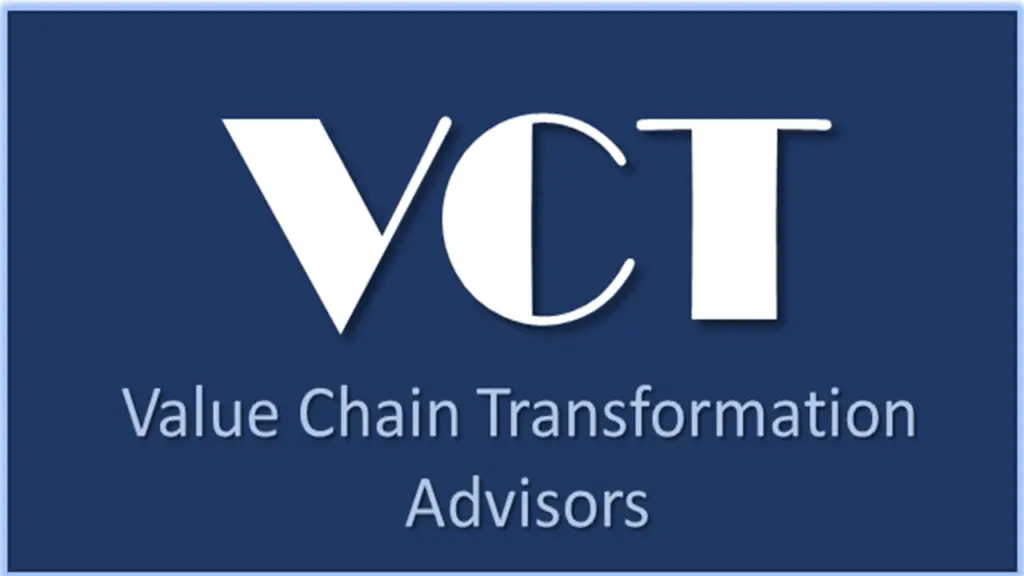Revenue management in the supply chain is becoming more prevalent as today’s supply chain leaders look for innovative ways to align pricing, inventory, and planning to boost their bottom lines. While other industries have been practicing revenue management techniques for years, the supply chain industry is just beginning to catch up. And it’s the perfect time, considering the advancement of technologies, such as predictive analytics, that enable supply chain professionals to optimize supply chain data and boost their revenue.
Let’s explore the role of revenue management in supply chains and discuss relevant implementation tips you can adopt to maximize this strategy.
What Revenue Management in Supply Chain Means
Revenue management is a pricing strategy that adjusts price points and sale terms of limited supply chain assets with the end goal of maximizing profitability. Various factors, such as geopolitical shifts or natural disasters, trigger supply chain asset shortages. These assets could include inventory, manufacturing or warehouse capacity, human capital, or third-party vendors.
Revenue management strategies assess the prevailing supply and demand conditions of supply chain assets and set optimal price points that align with the existing market conditions. These pricing adjustments help companies to practice differential pricing and sell “the right product to the right customer at the right price and time,” as envisioned in the popular marketing mix framework.
Other industries are already deploying these revenue management strategies. For example, the hospitality and travel industries use dynamic pricing to optimize prices so they match prevailing business conditions. Modern supply chains are better equipped to adopt and implement revenue management techniques, thanks to innovations such as AI in supply chain and demand forecasting.
Why Supply Chains Need It Now
Pricing and revenue management in supply chain is no longer a nice-to-have; it’s a must-have feature for modern supply chain leaders. The more savvy companies rank revenue management as an essential business process, just like sales and operations planning.
Some of the top reasons why modern supply chains need to implement revenue management include:
- Volatile Demand: The unpredictable ebb and flow of customer demand makes it difficult to sustain revenue margins in the long term without applying pricing strategies.
- Constrained Supply: Suppliers face challenges, such as increasing labor and material costs, that impede delivery schedules, resulting in frequent inventory shortages. Revenue management helps companies absorb the supply chain costs of such disruptions and maintain profitability.
- Margin Pressure: Supply chain teams feel the rising pressure of maintaining good profit margins in an increasingly competitive industry. Revenue management techniques can help teams continue to meet and exceed their expected bottom lines.
Ultimately, implementing revenue management in supply chains helps companies counterbalance the shifts they experience in today’s fast-evolving supply chain industry and boost their profitability.
5 Tips to Apply Revenue Management in Supply Chain
Here are five practical tips supply chain leaders can implement to create a sustainable revenue management framework that enhances short-term and long-term profitability.
1. Improve Forecasting and Shape Demand
Accurate demand forecasting helps you make informed, data-driven decisions, such as aligning your pricing strategies to continually match changing demand. It guides your inventory management and optimization practices so you hold the right quantity of inventory, anticipating higher prices later or selling early at lower prices.
Demand forecasting also guides your marketing decisions. For instance, you can select the type of products to push in promotions and the discount range to offer to hype demand. Such strategies expand your revenue-generating capacity and ultimately boost your profitability.
2. Make Inventory Decisions That Protect Margins
Following inventory optimization best practices, such as inventory categorization, stock replenishment, and safety stock calculations, helps you avoid stockouts or overstocks. Inventory oversights can erode your profit margins either through missed sales or excessive inventory carrying costs.
Fortunately, you can utilize AI-driven solutions, such as GAINS, to implement inventory optimization. Using GAINS’ Decision Engineering & Orchestration (DEO) framework, you can establish the ideal service level for your stock-keeping units (SKUs). With such advanced capabilities, it’s easier to align inventory decisions to your specific revenue goals.
For instance, GAINS DEO helps you spot trends before they cause disruptions. This way, you can make inventory decisions to either mitigate the disruption’s effects or capitalize on them (such as deciding to hold stock for higher-value sales during the disruption).
3. Use Dynamic Pricing to Capture More Value
Dynamic pricing utilizes real-time data to automatically adjust prices based on a variety of factors, including market trends, supply and demand fluctuations, customer behavior, competitor pricing, and customer type. These real-time price changes help you maximize value from each transaction while remaining competitive.
Integrating dynamic pricing into your supply chain management and enterprise resource planning system enables all departments to collaborate in facilitating real-time price adjustments. For instance, inventory managers can advise you on the most competitive price point based on existing stock levels and forecasted demand.
E-commerce companies like Amazon employ dynamic pricing strategies to modify product prices in real-time, optimizing their value per transaction. To their credit, such companies invest heavily in AI and machine learning (ML) technologies that make dynamic pricing effective and seamless.
4. Allocate Capacity to High-Value Products
While all products are important, they don’t rake in equal profit margins. Identifying the products that are your cash cows and allocating more supply chain resources to them expedites their production and delivery. This, in turn, enables you to cash in on their current market demand and enjoy higher profit margins.
In the same way, identify your high-value customers that bring you the highest profit margins and go out of your way to deliver excellent customer experiences to keep them happy. This means allocating more resources to achieving and sustaining high customer satisfaction levels, so they can continue to purchase products, thereby boosting your profit margins.
5. Track Metrics That Connect Planning to Profit
The last step of implementing revenue management in supply chains is tracking and assessing critical key performance indicators (KPIs) that directly relate supply chain planning to profitability. These metrics include margin per SKU, lost sales due to stockouts, the influence of supplier performance on supply chain costs, and forecast accuracy tied to revenue.
Tracking such metrics gives you actionable insights you can apply to boost your profit margins in the short and long term. For instance, tracking margin per SKU helps you identify your most profitable products and increase their supply chain resources to boost their profit margins.
GAINS: Driving Smarter, More Profitable Supply Chain Decisions
Leveraging data in supply chain is a major step toward implementing revenue management in supply chain management. Data is king in the modern supply chain industry. However, before it can work in your favor, you need to figure out how to utilize and optimize your data to make data-driven supply chain decisions. Fortunately, GAINS can help you achieve data-driven supply chain management for your organization regardless of your size, industry, or IT infrastructure.
GAINS integrates demand forecasting, demand shaping, and inventory planning into revenue-focused decision-making. Better yet, you enjoy all these features on one platform without limitation. Once you select GAINS as your supply chain platform, you enjoy AI-powered solutions, including forecasting, inventory optimization, replenishment planning, and order promising. All these solutions empower supply chain leaders to make profitable supply chain decisions that boost their bottom line in the short and long term, giving your company an edge over competitors.
Request a GAINS demo today and experience firsthand our unrivaled supply chain capabilities.



